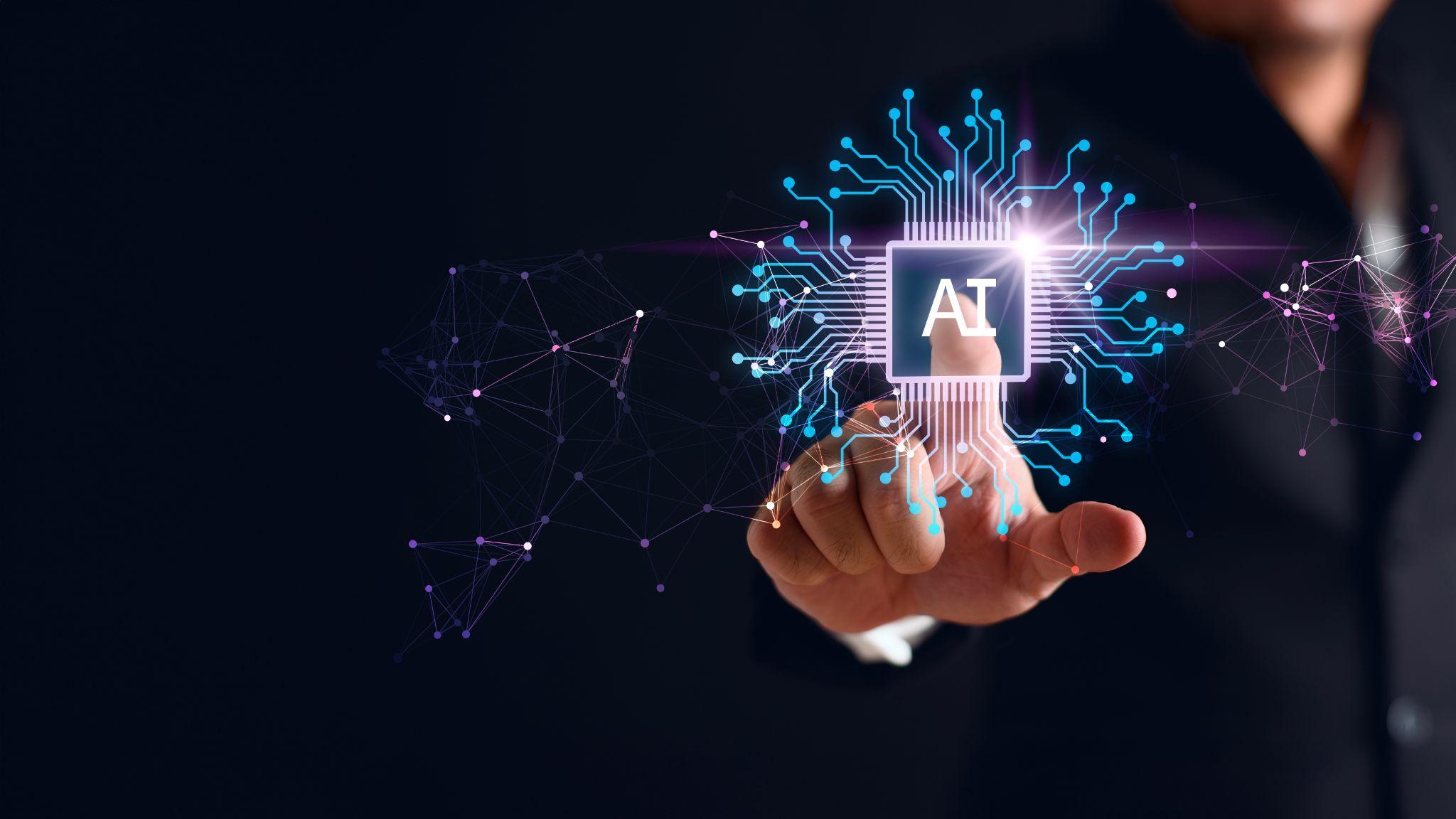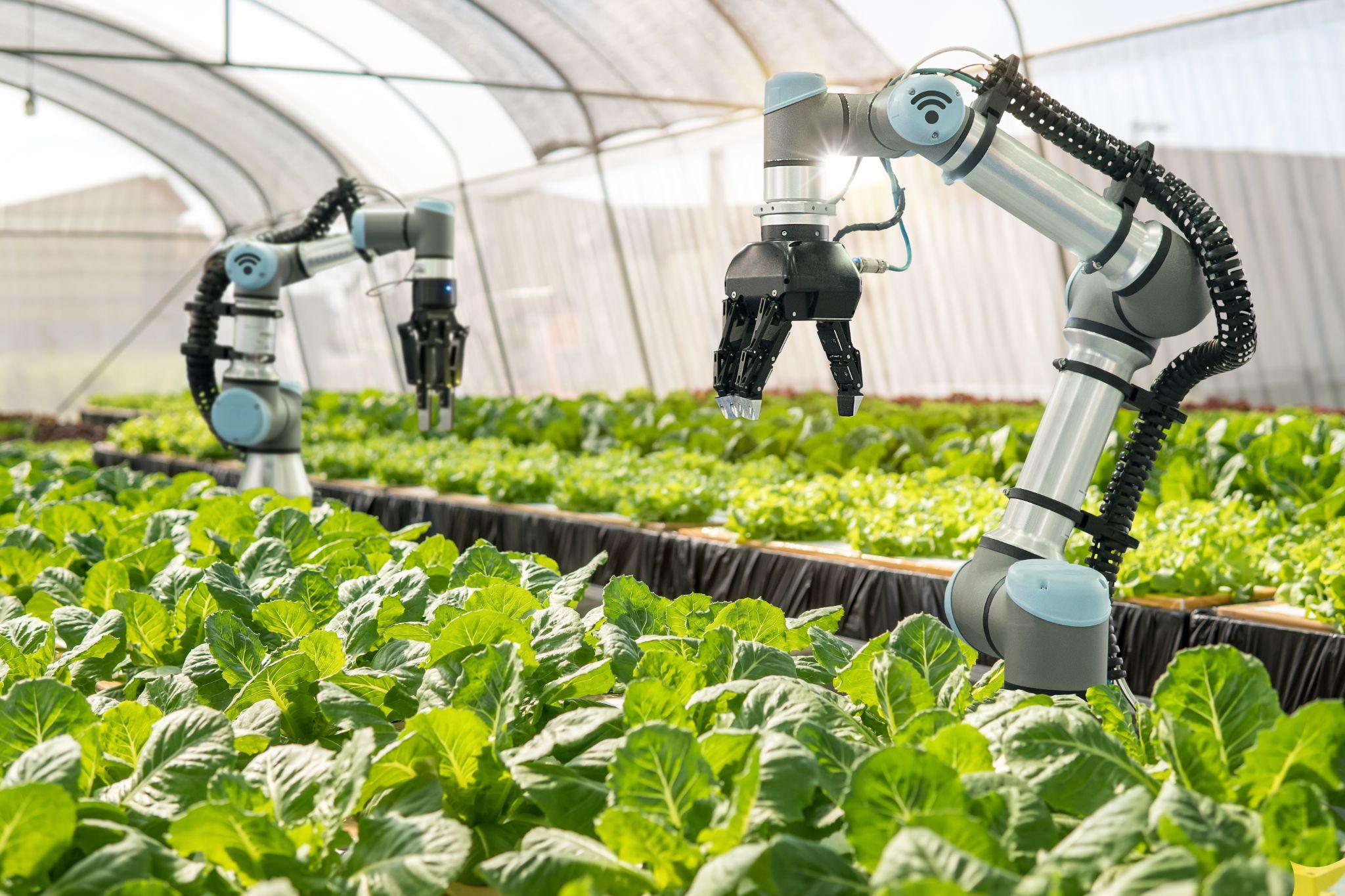Artificial intelligence seems to be everywhere these days. With so many claims about its ability to solve a wide variety of issues, it was inevitable that the technology would be considered for the purposes of maintaining food safety. Is this a realistic idea and, if so, how close are we to using AI in the food system?
What Is AI?
Artificial intelligence (AI), also called machine learning, uses computer systems to perform a multitude of tasks that were previously only able to be performed by humans, such as data analysis, reasoning, identifying patterns, speech recognition, problem solving, decision-making and reasoning.
Artificial intelligence is able to accomplish these tasks much faster and with greater accuracy than its human counterparts. Many see these capabilities as very cost-effective; after all, AI can work non-stop, and it doesn’t require vacation or sick time.
Others, however, see AI as a threat to human employment, and they don’t believe a machine can be totally unbiased or always capable of generating 100% factual information. Still others have also expressed it’s simply too soon in AI’s evolution to know whether or not it offers any benefits.
Understanding AI in Food Safety
The earlier microbial contamination in food can be detected, the better equipped food businesses will be to prevent outbreaks and preserve consumer safety. Foodborne contaminants are responsible for 550 million illnesses and over 200,000 deaths each year.1
Although some officials say that retail food businesses should plan for a future of automation, the Food Industry Association blog revealed that AI is only being used by 31% of food retailers for the main purposes of making promotional and pricing decisions.2
According to a report by authors at the University of California, Davis, “Accelerating the Detection of Bacteria in Food Using Artificial Intelligence and Optical Imaging,” artificial intelligence was able to detect the presence of E.coli in romaine lettuce and differentiate it from seven other common bacterial species in a span of only three hours.
Details of the Study
Research for the study involved the use of romaine lettuce, as it is a common source of E.coli outbreaks. Three hours were required for the incubation of the bacterial microcolony, after which digital images were taken of the lettuce using a white-light-imaging microscope.
Researchers then used YOLO, a real-time object detection and classification algorithm to detect the presence of E. coli bacteria and classify it from other bacteria types. This process was able to produce an average precision of 94%.3
In addition to its high precision and differentiation, the use of YOLO allowed analysis to be completed within a much shorter span of time than using culture-based detection. The latter can take between five and seven days, vastly increasing the possibility of contaminated food reaching the food supply chain and being consumed.
Potential Benefits of AI in Enhancing Food Safety
The above study revealed that AI technology could have many potential benefits for the food industry. Not only could the technology possibly allow for automated food safety inspections in the future, but it may also transform the way in which pathogen testing is completed.
Using AI to complete pathogen testing could put this critical component of food safety within reach of food industries, which cannot currently access this testing due to the requirement for specialized personnel and sophisticated equipment.
Artificial intelligence may also allow for the early detection of illness-causing pathogens, saving companies hundreds of thousands in liability and food recalls.
The Future of AI in Food Safety

A shared interest in improvement of food safety with artificial intelligence has been expressed by both a Food Industry Association spokesperson and the technology director of the California Leafy Greens Marketing Agreement.
Both individuals recognize that the aforementioned study has revealed exciting opportunities to improve food safety with AI and, as such, they are actively investigating its viability.
A third individual who shares this opinion is scientific editor for the Institute of Food Technologists, as well as a professor and the extension specialist chair of Rutger University’s Department of Food Science, Donald Schaffner.
However, he cautions that the excitement generated by AI models should be tempered with awareness of how far the technology must progress before it can be implemented.
Schaffner stated, “It’s also important to note that this technology is limited to bacteria that are found on surfaces. Successfully imaging a micro-colony embedded in a food like hamburger would be much more difficult.”
While the potential for AI in food safety is undeniably exciting, far more research is required for full understanding of its limitations and capabilities.
ComplianceMate’s food safety products include remote temperature monitoring and workflow checklist management. The combination of these tools and the power of the technology make it a solid solution for your business.
Schedule a free customized demo to see how our powerful food safety tools can help you realize cost-savings and operational efficiency.
Sources:


